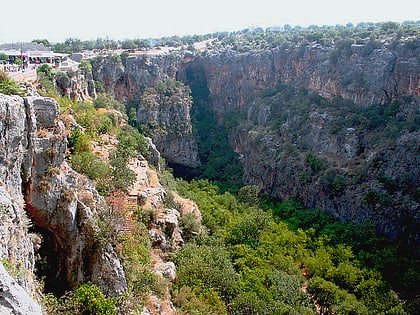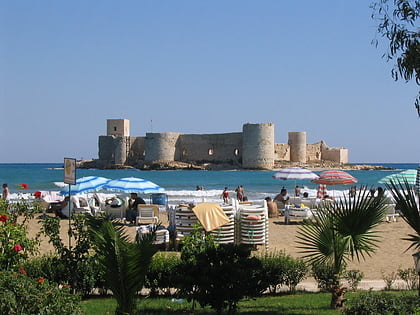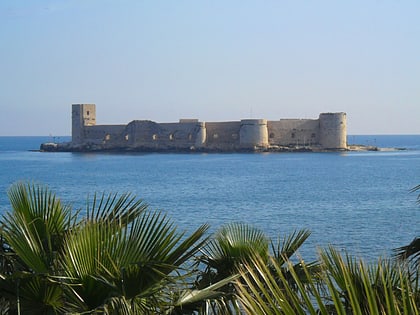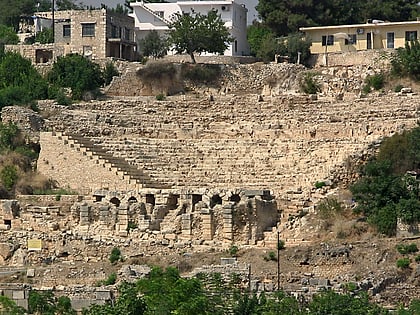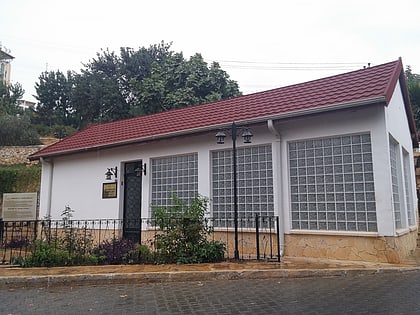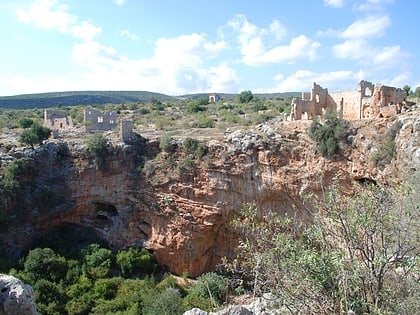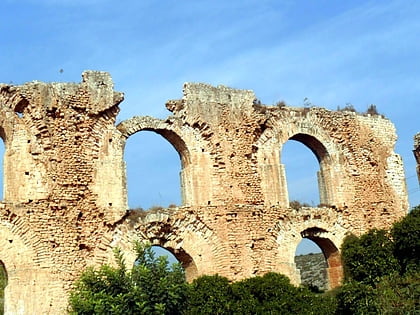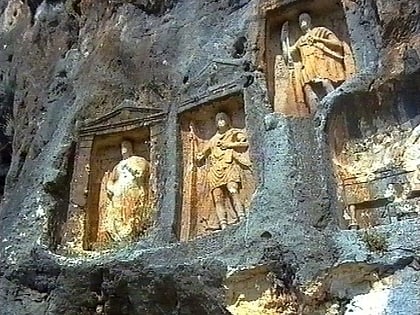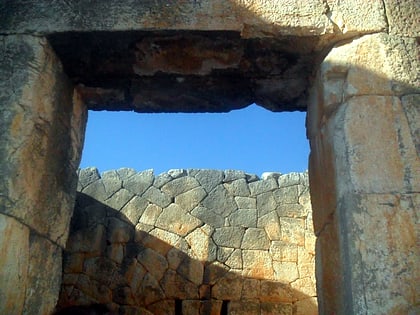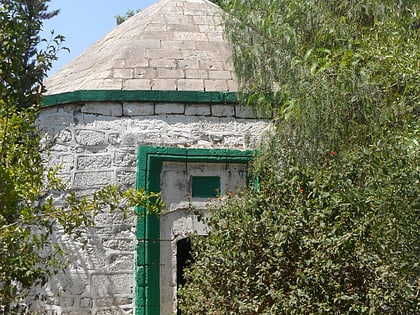Cennet and Cehennem
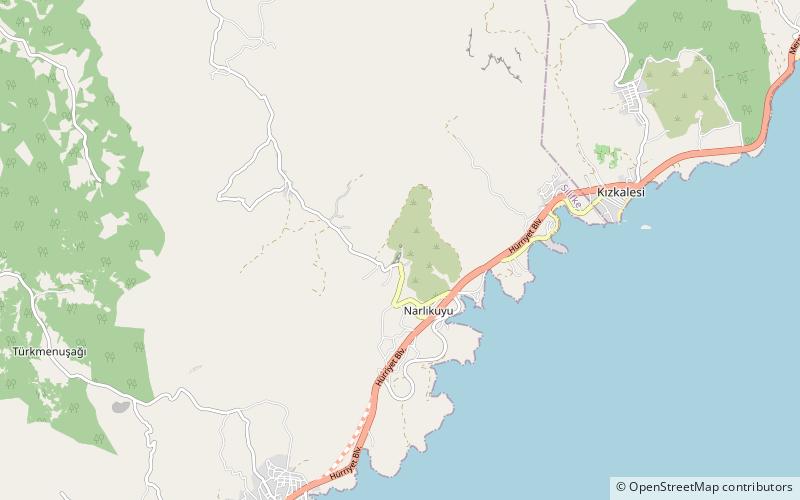
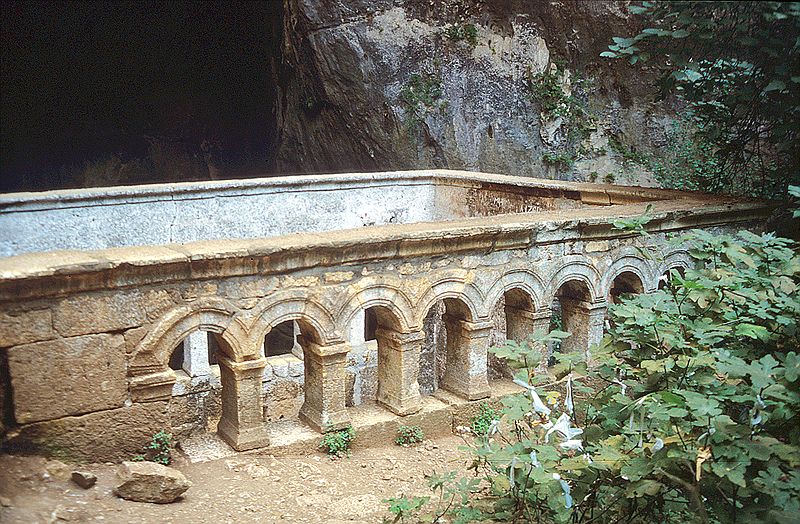
Facts and practical information
Cennet and Cehennem, often translated as "Heaven and Hell," are two large sinkholes located in the Mersin province of southern Turkey, which together form a remarkable and mysterious archaeological site. These natural wonders have been a source of fascination since ancient times, and their names reflect the awe they have inspired in generations of onlookers.
The Cennet sinkhole, with its lush greenery, is the larger of the two and is often referred to as "Heaven." It measures approximately 70 meters in diameter and plunges some 250 meters deep. A steep and narrow staircase, carved into the rock, allows visitors to descend into its depths where a small, serene chapel dedicated to the Virgin Mary lies hidden. This chapel, believed to date back to the early Christian period, suggests that the site held spiritual significance and was a place of worship.
In contrast, the Cehennem sinkhole, or "Hell," is less accessible and is characterized by its sheer rock walls which drop abruptly to a depth of around 128 meters. This daunting chasm has long been shrouded in myths and legends, with ancient peoples perhaps imagining it as an entrance to the underworld.
Archaeological evidence indicates that the area around Cennet and Cehennem was inhabited in antiquity, and the site likely held religious importance for various cultures throughout history. The remains of a temple dedicated to the ancient Greek god Tyche can be found on the rim of the Cennet sinkhole, further adding to the historical and cultural significance of the site.
Mersin
Cennet and Cehennem – popular in the area (distance from the attraction)
Nearby attractions include: Corycus, Kızkalesi, Elaiussa Sebaste, Narlıkuyu.
